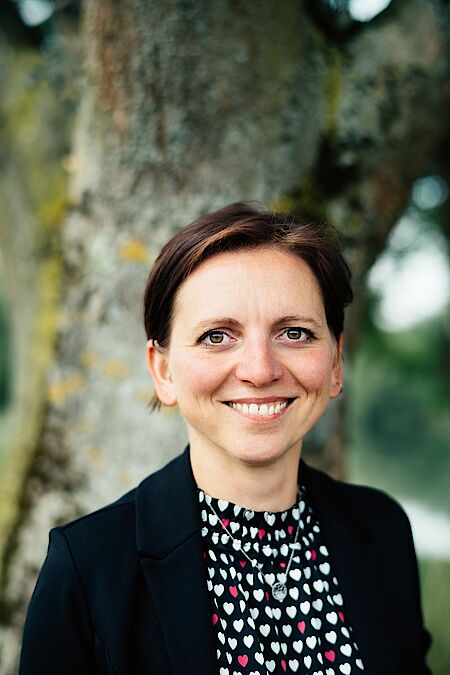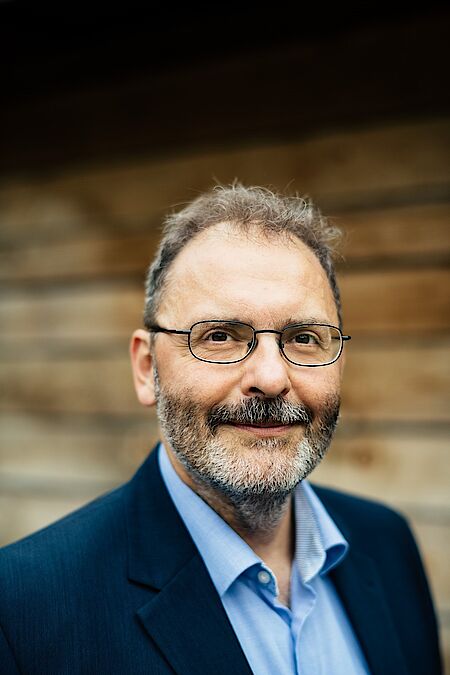The big topic of the 21st century is the planet on which we live – and which we need to preserve for future generations. The issues here are obviously climate change and environmental protection, as well as sustainability across the board. The human race has been taking advantage of the mineral resources it finds ever since ancient times. And use of these resources has been (and still is) so significant that we have named entire periods of history after them: from the Stone Age (the Pleistocene approximately 2.6 million years ago) and the Bronze Age (the Holocene approximately 5,000 years ago) to the nuclear age, beginning with the discovery of the splitting of the atom in the 20th century and the mining of radioactive uranium.
The seamless traceability of cobalt is just as important as that of fish fingers
Sustainability calls for responsibility
We now also know that making heavy use of these resources can do damage. Fossil resources such as coal and oil are not only finite – they are also harmful to the environment as they increase the concentration of carbon dioxide in the atmosphere. Other raw materials which are needed for high-tech products such as mobile phones, computers and electromobility are rare or are difficult to extract. Additionally, certain raw materials such as cobalt and coltan come from parts of the world which are characterised by wars and armed conflicts and are hence known as ‘conflict minerals’. Transparency regarding production conditions is therefore becoming more and more important for consumers – as well as for companies that mine, trade in, process or sell raw materials. It’s not just a question of observing standards and reducing environmental impacts – it is also about safeguarding investments and reliable operations.
We all have responsibilities with regard to raw materials, be it observing human rights or verifying their legality in the context of restricted trade. But we can only exercise this responsibility if we know what we have in front of us – where do the gold, the diamonds, the copper or the cobalt come from? Whether a company chooses a certain trading partner or whether the consumers question a company’s purchasing activities depends on there being reliable information to hand. And this can be difficult to come by because the trading chains can be long and can extend all around the world. Clear identification of a material’s origins is therefore important, for example on the basis of certificates. There are a whole host of initiatives and industry players in this field, many of which do a great job. But one of the disadvantages can be that these initiatives only focus on certain raw materials and only cover certain parts of the value chain. For a trading company or a manufacturer, this results in additional time and money needing to be spent and means they are faced with a variety of standards, no seamless tracking or even a complete lack of certification for parts of their product.
One certification system for all raw materials
DMT is therefore an initiator and co-developer of CERA, a standardised analytical and comprehensive certification system which guarantees the environmental, social and economic sustainability of the extraction, processing, trading and production of all mineral raw materials, including fossil fuels. This provides ‘all-round certification’, so to speak, for a better future. It guarantees the reliable traceability of certified raw materials thanks to the application of various technologies and origin guarantee methods all along the value chain. One example of this is fingerprinting, which is the unequivocal identification of materials based on a breakdown of their trace elements. Another is distributed ledger technology, which is used to create a transaction database for verifiably tracking trade and transport routes.
The aim is to have a universally accepted global certificate for all raw materials. And we are looking to create an inclusive rather than an exclusive system: existing certification procedures are to be mutually recognised, because it is precisely the smaller regional or national initiatives that often boast particular expertise in a specific area or regarding one specific raw material. We wish to take certificates of this kind into account and make use of them. After all, it is generally cheaper and quicker to perform a gap analysis for an existing standard and to close the gap to the CERA certificate by auditing the missing aspects than it is to obtain an additional new certificate.
CERA at a glance
The principles we are pursuing with CERA are universality, transparency and trustworthiness, seamless traceability, flexibility and expertise. We want to advise rather than dictate – but ultimately, we want to ensure that ethical, environmental and sustainable criteria are met. These are based on the United Nations’ Sustainable Development Goals, which were laid down by the UN in 2016 in its 2030 Agenda. To achieve them, four standards that build on one another were developed for CERA, each focusing on a different part of the value chain. These are the CRS Readiness Standard, which sets out binding criteria for the sustainable use of a raw materials deposit, the CPS Performance Standard, which assesses responsible production in the areas of mining, processing and refining, the CCS Chain of Custody Standard, that stipulates criteria and procedures for the comprehensive traceability of raw materials and, last but not least, the CFS Final Product Standard, which certifies end products and the raw materials used regarding sustainability aspects. For more information, please see our website: www.cera-standard.org.
DMT as an initiator of and partner to CERA
The first version of the CERA Performance Standard was presented in spring 2019 with the support of EIT RawMaterials and funding from the European Union. DMT is an initiator of and partner to the certification system together with its colleagues at TÜV NORD CERT, who are experts regarding the existing certification and auditing systems. We cooperate very closely with a whole host of expert partners on the development of CERA, such as the mining university Montanuniversität Leoben in Austria, in particular in the field of analytical fingerprinting, and the Institute of Environmental Sciences at Leiden University in the Netherlands. The Swedish company LTU Business has a wealth of experience in the area of innovation management, while the independent Swedish non-profit research centre RISE is looking into how CERA can make use of distributed ledger technology. We also benefit from the support of our partners on the Advisory Board, from Volkswagen AG to Fairphone, from the University of Southern Denmark to Euromines and from the Joint Research Centre of the EU Science Hub to the United Nations Economic Commission for Europe (UNECE). The broader the alliance, the greater the level of acceptance. Use our direct contact link if you or your company wish to get involved – we look forward to hearing from you.




